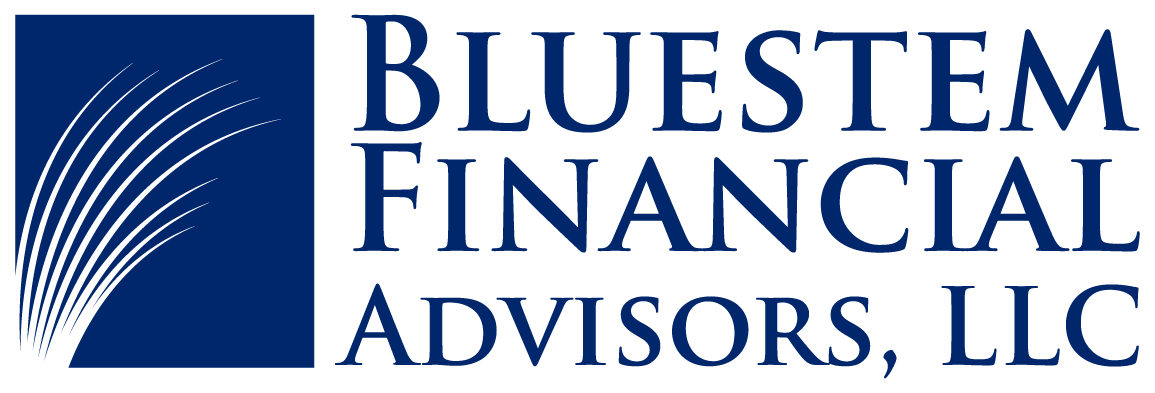As the year draws to a close, days grow shorter, and the holiday bustle begins, there is one item many are dealing with – Open Enrollment. This is often the time of year to review and elect changes to your employer benefits for the coming year. Although this may not make your top 10 holiday task list, here is one helpful tip to maximize your election for the upcoming year: The days of employer pensions are past and today’s worker needs to take responsibility to secure a comfortable retirement. According to the National Institute of Retirement Security, Americans are doing a poor job of it. They report the median retirement account balance is only $3,000. This is nowhere near the $1-2 million figure most professionals quote as needed to ensure financial independence.
Do yourself a favor and make one small change this year. Increase your own retirement savings contribution by 1%. You will hardly notice the change. Assume you earn $40,000 per year and are paid bi-weekly. An increase of 1% in savings means saving about $15 extra per pay period. Plus, if you save to a pre-tax account such as an 401k or 403b, you will save tax. Assuming an average federal and state income tax rate of 20%, your $15 contribution will only result in a paycheck decrease of $12.00 net of tax. Would you even notice a change that small?
The chart below illustrates the power of increasing your retirement savings annually. Barney and Eric are both 30 years old earning $40,000 per year. They each have $3,000 in savings and are saving 5% of income per year. Eric increases his savings rate by 1% per year until he hits 10% annual savings at age 36. Assuming they each earn a 7% return on investments over their careers, Barney would end up with savings of $328,000 compared to Eric’s $580,000.
Even though Eric is saving more, he probably does not notice much difference in lifestyle as compared to Barney. Barney does have more discretionary income throughout his career, but he is likely spending it on goods and services that have little lasting value. Because he is used to spending more than Eric, Barney needs 5% more annual retirement income. This means he needs even more savings than Eric to maintain his lifestyle through retirement! And, if Eric continues increasing savings by 1% each year until he is 41 to achieve 15% savings, he will have $741,000 at retirement.
If you are lucky, your employer might even offer the option to automatically increase your savings each year. Choosing this election increases your retirement savings on an annual basis or when you get a pay raise. According to Nudge by Richard H. Thaler and Cass R. Sunstein, these types of automatic options in plans can help you avoid the procrastination that is so common for all of us.
Even if your employer does not automatically adjust for you, you can easily setup a reminder on your Google Calendar. Otherwise, you can hire me to be your “paid nag” and make sure you are on track to reach financial independence at your desired age!

